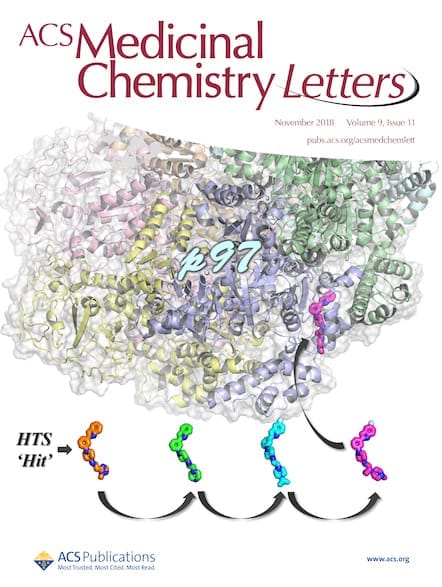GISAID, a public-private partnership database, collects genome sequences related to influenza and most recently COVID-19.1 As of June 1, 2022, more than 11 million genome sequences have been submitted to It by more than 200 countries, proving that the fight against the COVID-19 pandemic has become a worldwide effort. Having all this information freely available […]

GISAID, a public-private partnership database, collects genome sequences related to influenza and most recently COVID-19.1 As of June 1, 2022, more than 11 million genome sequences have been submitted to It by more than 200 countries, proving that the fight against the COVID-19 pandemic has become a worldwide effort.
Having all this information freely available has allowed for the production of innovative vaccines and viral drugs, but could all this information be too much? Pietro Cozzini and Federica Agosta, professors at the University of Parma, think it might be. “While it is a great idea to collect all the data related to COVID-19 in a unique repository, the problem is that with such huge amounts of data, we are not able to check its quality,” says Cozzini.
The key to fighting viral infections is identifying their DNA and using it to outsmart new variants. The mRNA vaccines that have become essential in the fight against COVID-19 can be easily modified. When the DNA for a new variant is identified, the mRNA can be re-engineered to respond to it. “The problem is that the quality of data is not the same from all nations,” says Cozzini. For example, not all the sequences uploaded for the same virus are the same length, some range in size from under 100 amino acids to more than 50,000. This has led to issues down the line in identifying mutations.
Cozzini and Agosta suggest that Blockchain might be a solution to this problem.2 Blockchain, an electronic database of information that is transparent and unchangeable, uses a set of rules that allow a computer to check data quality. Most frequently associated with financial databases, Blockchain has also found utility in the pharmaceutical3 and agricultural fields,4 tracking food and chemicals through the supply chain.
Blockchain screens for data quality based on a set of parameters, and if the data pass, they become permanently available for viewing. So how is this different from the GISAID database as it is currently used? The answer is in the rules that would be set and that must be adhered to add to the database. All national health organizations would have to input their data in the same way and in the same format. “If the data isn’t the same, then it is difficult to do a decent analysis of the distribution of the variants,” says Agosta. Currently, Cozzini and Agosta are working with scientists from health organizations around the world to help draft the rules that would create a COVID-19 Blockchain.
Blockchain technology is here to stay and its adoption across industries, from the pharmaceutical industry and agriculture to artwork and video games, means constant improvement. In the fight to stay ahead of COVID-19 mutations, Blockchain may soon be one more weapon in the arsenal.
References
(1) GISAID – Initiative. https://www.gisaid.org/ (accessed 2022-06-02).
(2) Cozzini, P.; Agosta, F.; Dolcetti, G.; Righi, G. How a Blockchain Approach Can Improve Data Reliability in the COVID-19 Pandemic. ACS Med. Chem. Lett. 2022, 13 (4), 517–519. https://doi.org/10.1021/acsmedchemlett.2c00077.
(3) How to Use Blockchain in the Pharmaceutical Industry. Intellectsoft Blog, 2021.
(4) Bank, M.S.; Duarte, C.M.; Sonne, C. Intergovernmental Panel on Blue Foods in Support of Sustainable Development and Nutritional Security. Environ. Sci. Technol. 2022, 56 (9), 5302–5305.
